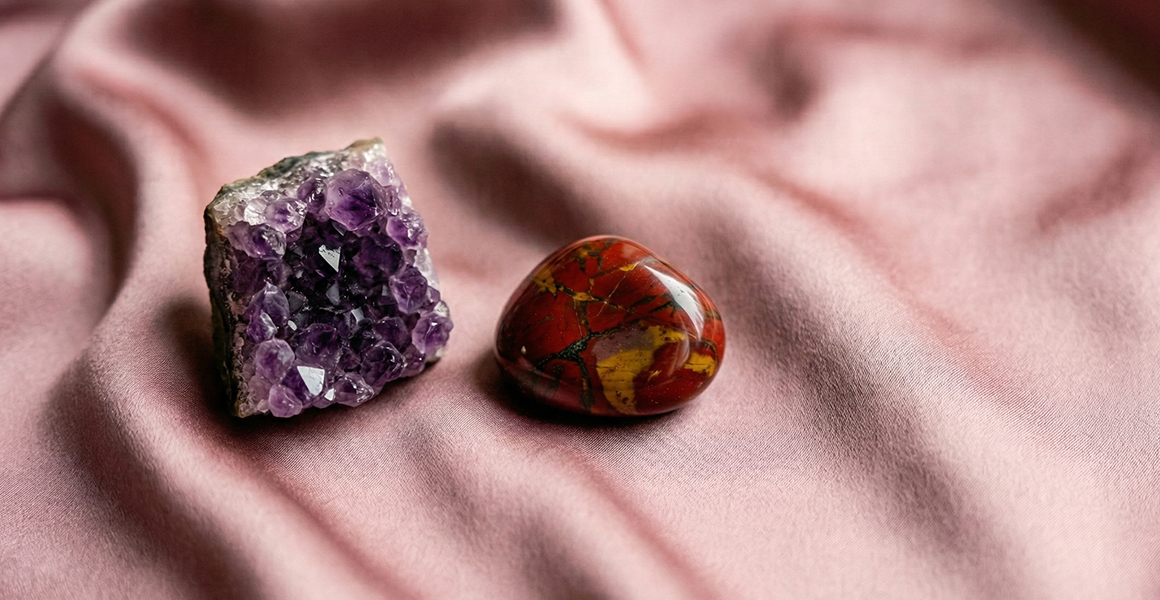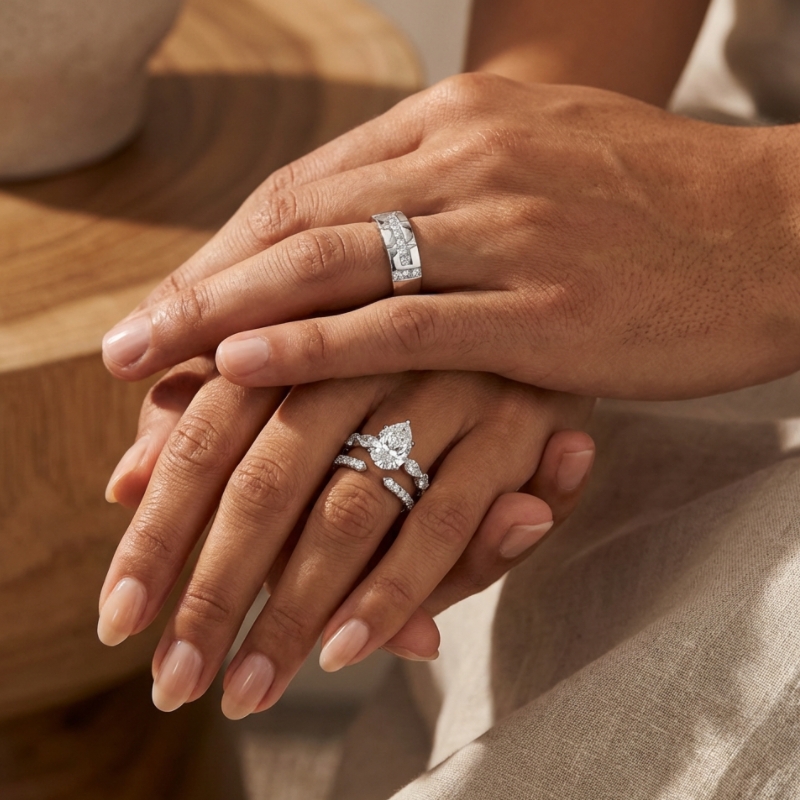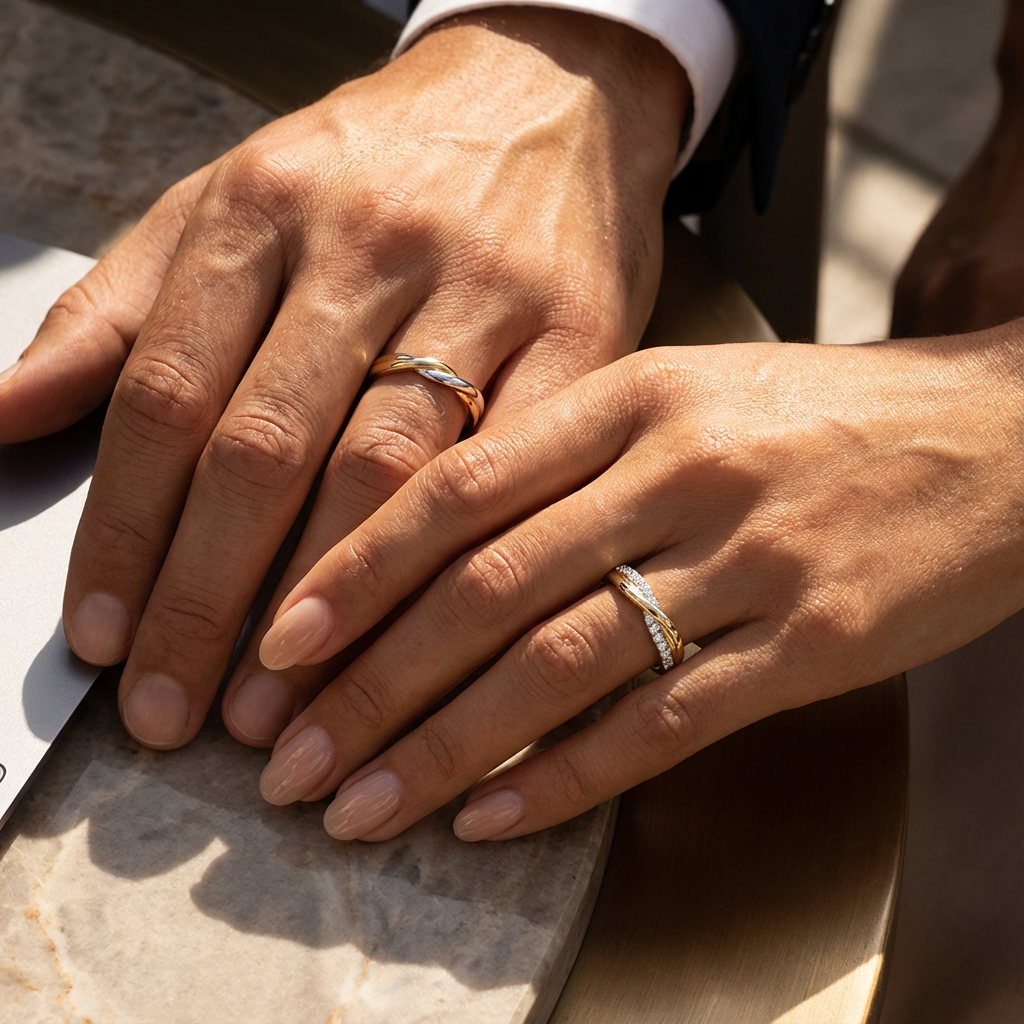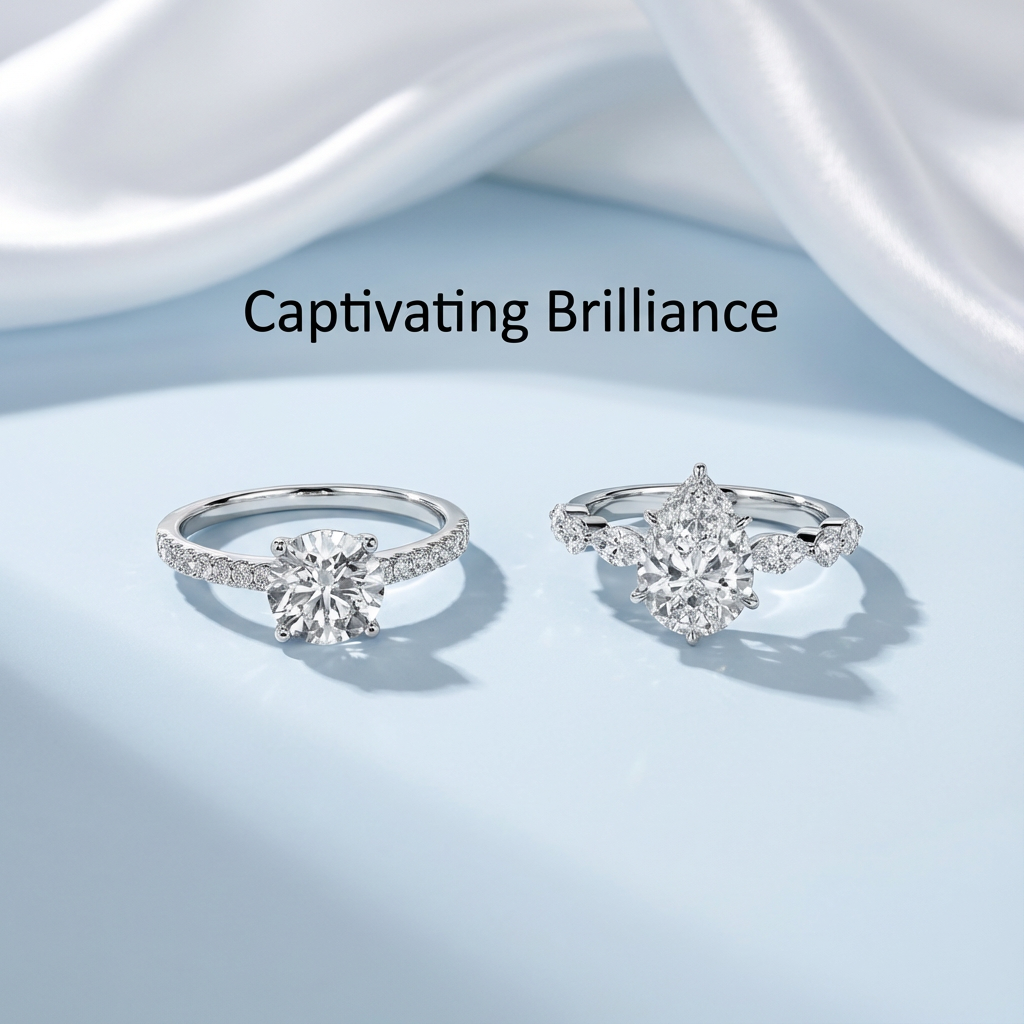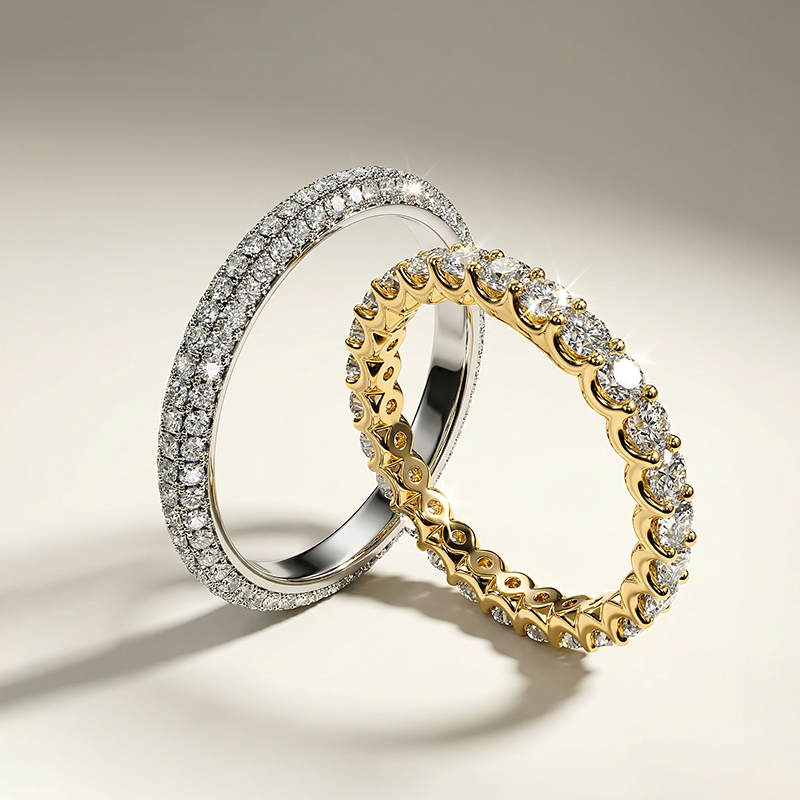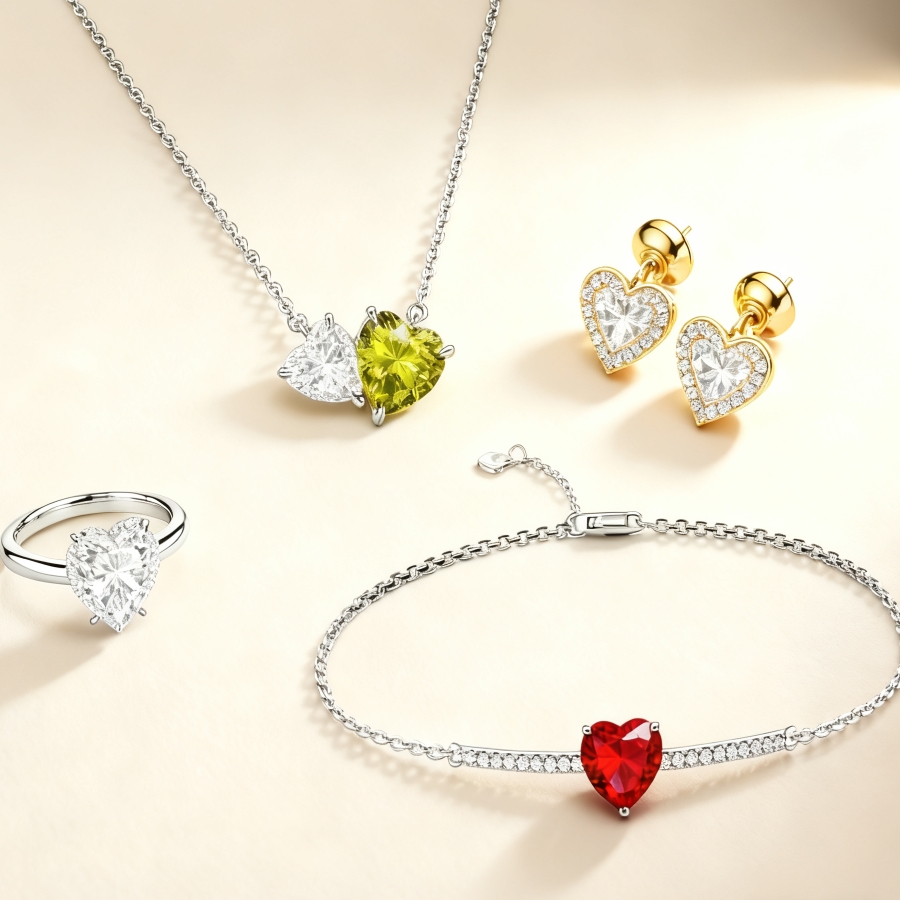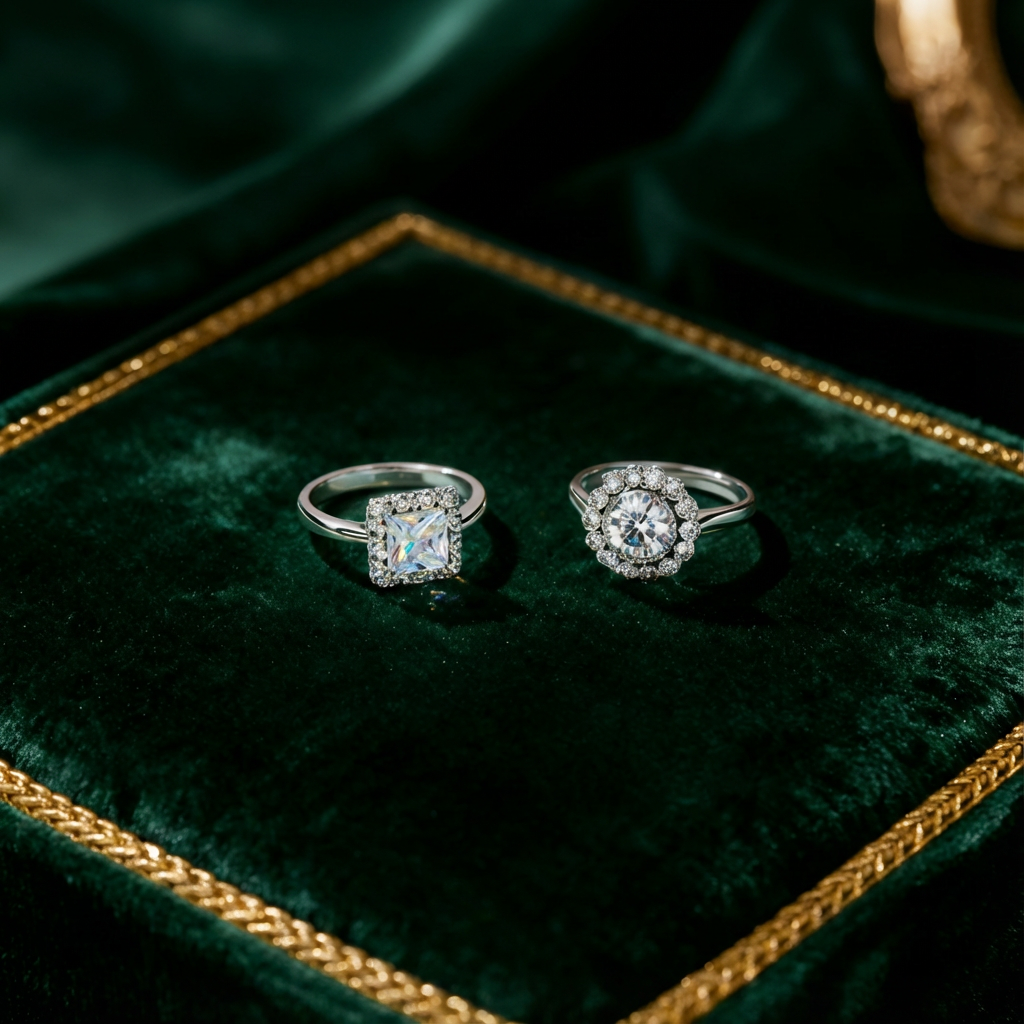As one of the purest gemstones globally, aquamarine is renowned for its bright and clear blue and the March birthstone. Such a scintillating gem of charming glamour is the best choice for jewelry at any time. Here is the ultimate guide to the most frequently asked questions about aquamarine:
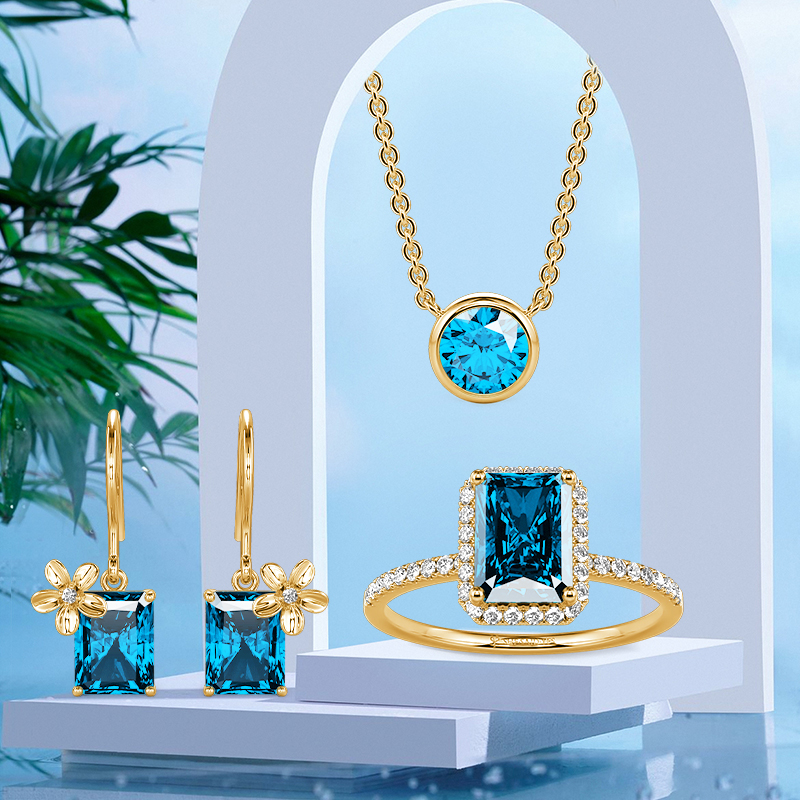
Q1: What color is aquamarine?
A: Aquamarine is one gemstone of the beryl family. It usually appears light in hues and ranges from greenish blue to blue-green. The natural aquamarine is gemologically transparent and blueish-green from its ferrous iron. However, the treated aquamarine popular among customers is a moderately strong dark blue to slightly greenish-blue.
Q2: How is the clarity of aquamarine?
A: Although some aquamarines own rod-like inclusions, most aquamarine is clear, transparent, and eye-clean, which means that they don’t have any inclusions. At least they are flawless without visible inclusions to the naked eye. For the flaw aquamarine with eye-visible inclusions, they’re usually fashioned into cabochons, beads, or carvings.
Q3: What about the cut of aquamarine?
A: Because of the hardness, large size, and plenty of mining output, the gorgeous aquamarine can be cut into almost any shape like the garnet. And it most commonly comes in emerald cuts or in an oval shape in the jewelry market. Besides, exact cutting is essential for gemstones to perfectly show their light color. Lower crown angles will produce higher brilliance for aquamarine.
Q4: Has aquamarine been treated to enhance its color?
A: Normally, many aquamarines present blue-green color in nature, and only a few mined aquamarine appear total blue color. The standard way to enhance the brilliance of aquamarine is heating. Heating after 375℃ in a controlled environment can remove the greenish color component from the material. And produce a more blue appearance. Almost all the aquamarine on the market today has undergone this treatment.
Q5: Does aquamarine jewelry cost much?
A: The price of aquamarine depends on the clarity, depth, and purity of the color, so it can be very broad. The color, clarity, cut, and carat weight influence price and value, but the color is most important. It is also one of the few quality gemstones in large sizes available at an affordable price, although prices range from $100 to $1,000 per carat in small to large sizes.
Q6: How to differ it from other imitations?
A: Although aquamarine is usually an easy gemstone to recognize, it’s essential to be aware of imitations. The most common aquamarine imitation is made of blue glass. Usually, it’s softer and less bright than natural aquamarine. However, the real natural aquamarine gems generally have excellent hardness and remarkable clarity and radiance. Besides, Blue Apatite sometimes could be a kind of imitation. It presents various colors, including clear blue. But the blue apatite will show off a violet-blue fluorescence under the ultraviolet light, while the authentic aquamarine shows nothing.
Q7: How do I care for my aquamarine jewelry?
A: Aquamarine has no particular demand for caring; it can resist scratching from everyday wear very well. The exquisite cut-corner on the gemstone could prevent chipping and breaking. However, do remember to care for your aquamarine jewelry if it owns inclusions. It may not react well to mechanical cleaning techniques like ultrasound or steam. Keeping your aquamarine jewelry away from the sunshine in a dark place is an excellent way to maintain its pure color.
Q8: Where to buy aquamarine jewelry?
A: SHE·SAID·YES!!! Browse through our collection and search for aquamarine rings, earrings, necklaces, and bracelets. You will also find particular sections for aquamarine Engagement Rings and aquamarine Wedding Rings.

